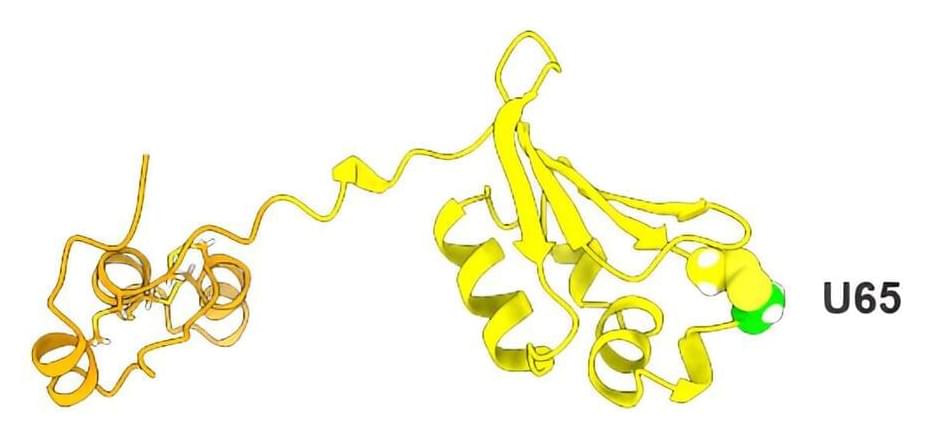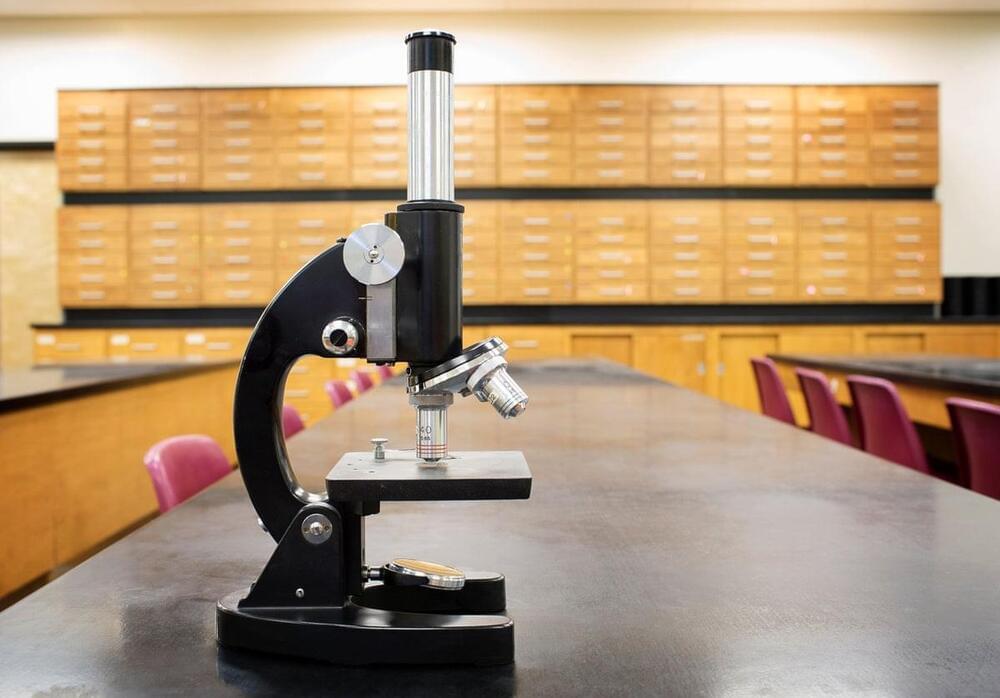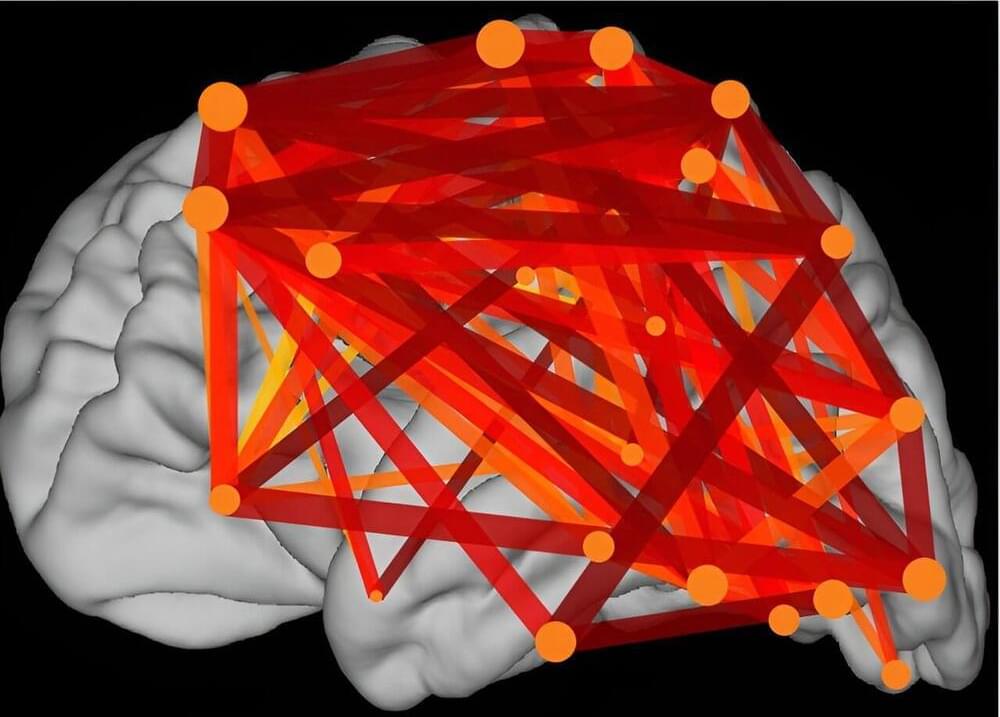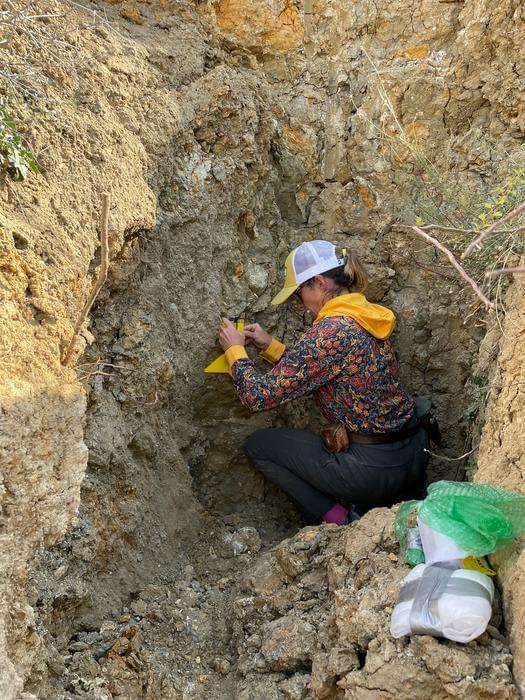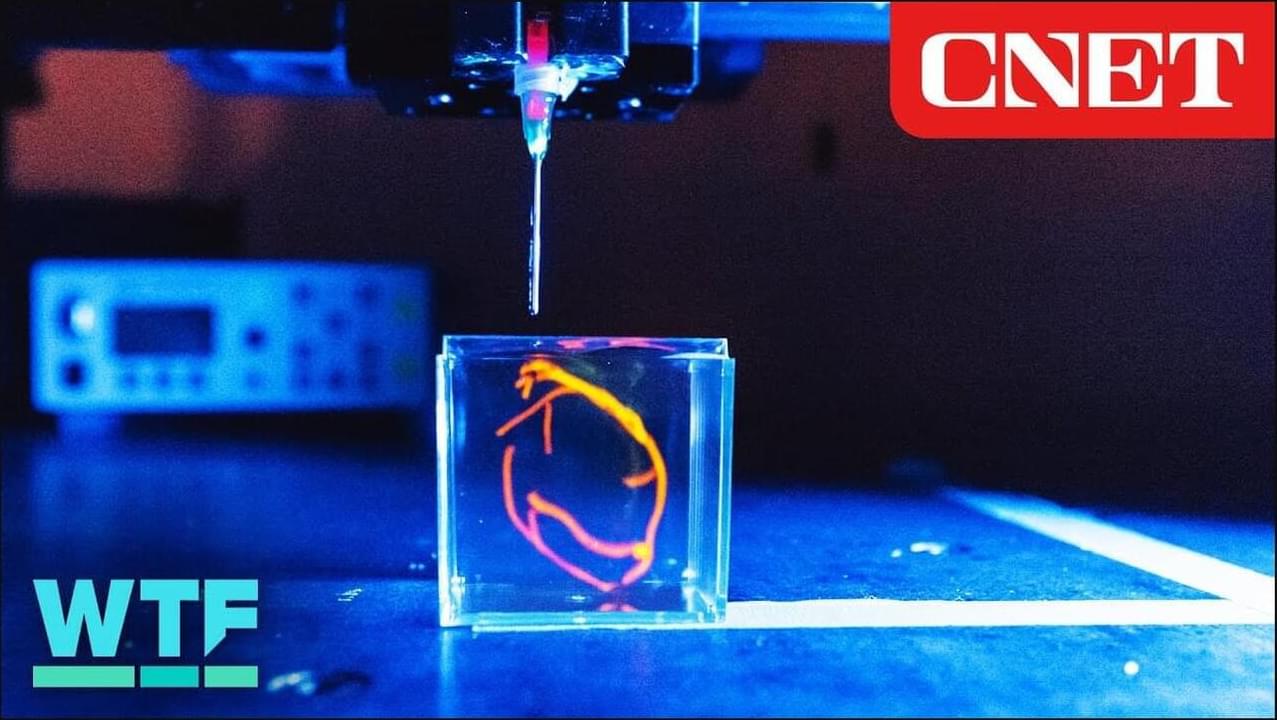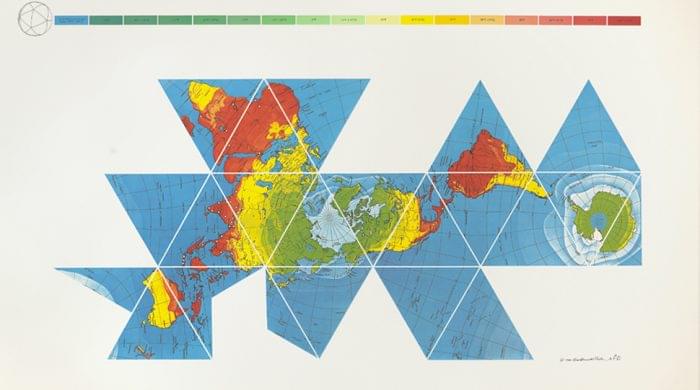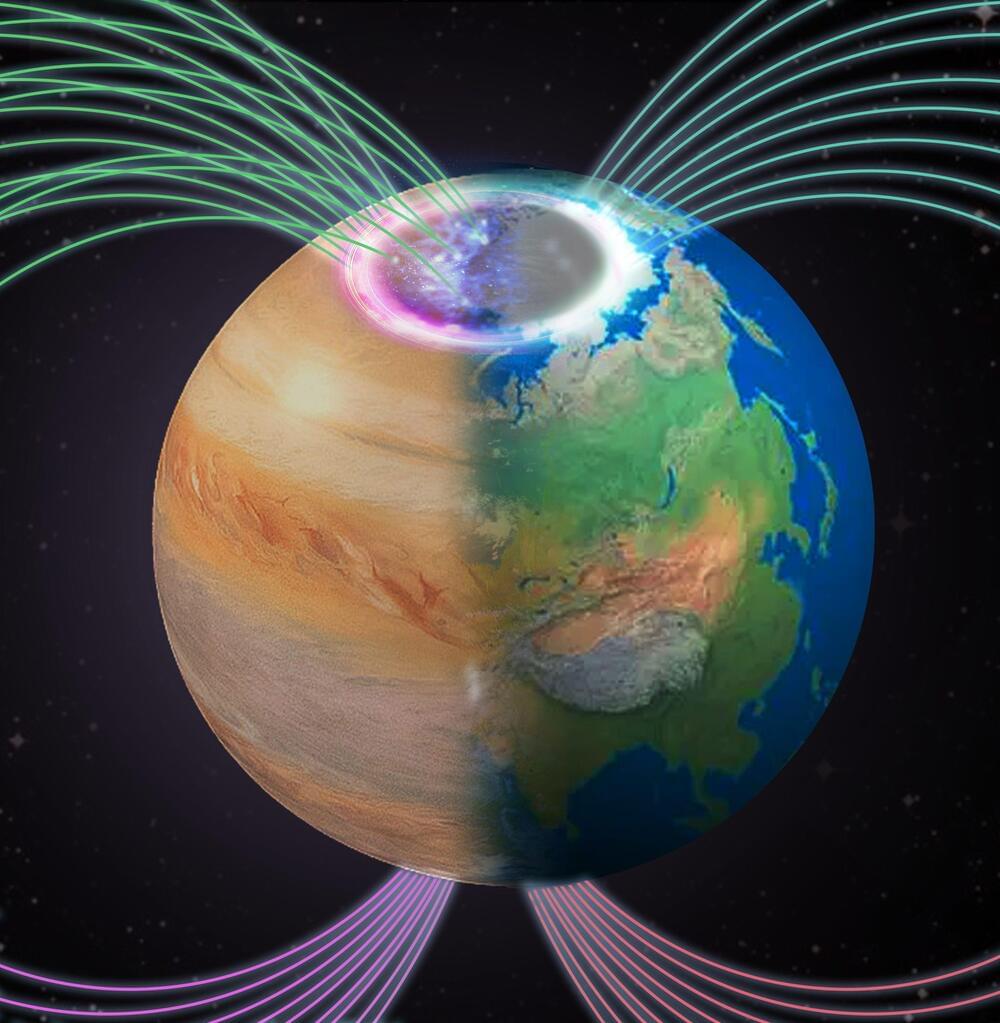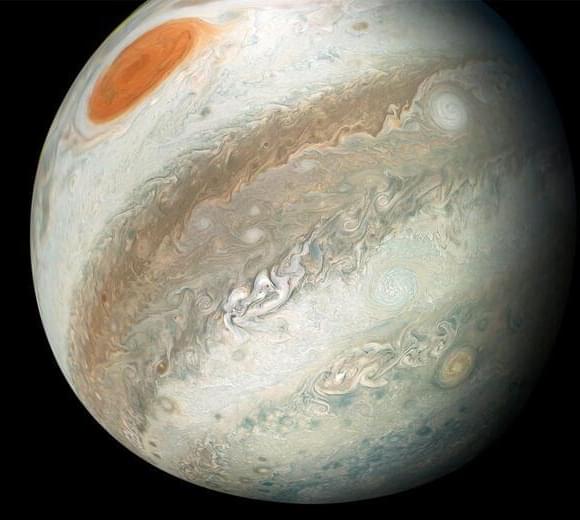Aug 12, 2024
Researchers identify body’s ‘quality control’ regulator for protein folding, could lead to targeted treatments
Posted by Shubham Ghosh Roy in categories: biotech/medical, neuroscience
Anyone who’s tried to neatly gather a fitted sheet can tell you: folding is hard. Get it wrong with your laundry and the result can be a crumpled, wrinkled mess of fabric, but when folding fails among the approximately 7,000 proteins with an origami-like complexity that regulate essential cellular functions, the result can lead to one of a multitude of serious diseases ranging from emphysema and cystic fibrosis to Alzheimer’s disease.
